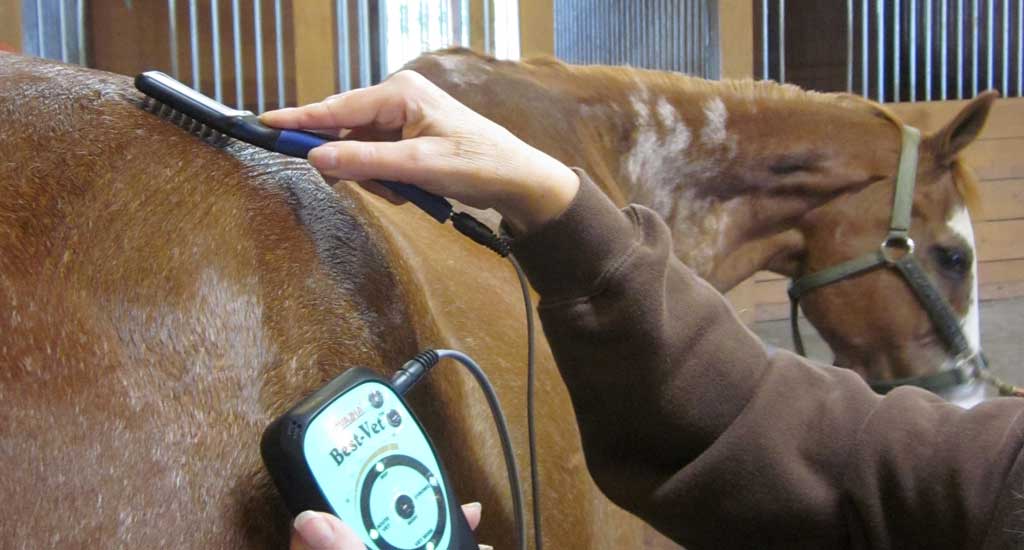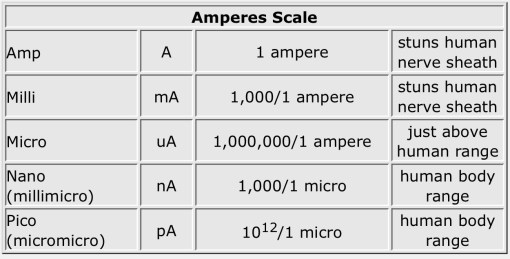The Science Behind Microcurrent Therapy
The Science Behind Microcurrent Therapy
Microcurrent therapy, often called MENS, is from the TENS family of electrical stim devices for temporary pain relief. Microcurrent units produce electrical current just above the levels of the electrical exchanges that occur at a cellular level in the human body. This is why microcurrent is readily accepted by the body’s cells when applied to the body using conductive electrodes.
The theory behind microcurrent therapy is that introducing a surface application of microamperes to the body can restore lost positive and negative electrons. These electrons are the very essence of every living cell. The body can utilize this outside source of minute electrical currents to accelerate its healing mechanisms.
When cells are damaged, they become electrically imbalanced. Because microamperes are close to the electrical level of the body’s cells, applying microcurrent can help re-balance a cell’s electricity. This returns damaged cells to a normal state and initiates cellular activity. Electrical current naturally takes the path of least resistance through the body, which means at the site of an injury, the body’s electrical current will go around the defect rather than through it.
It is an ongoing process to heal damaged cells and microcurrent – like the body’s own electrical current – likes to go around the injury, taking the path of least resistance. However, by applying microcurrent to the site of an injury, the microamperes current can pick up where the body fails. Through regular microcurrent treatments, the current can gradually close the gap and help heal the damaged area. This helps stimulate healing, accelerates the body’s healing process, and increases the adenosine triphosphate (ATP) level. It is important to note that each microcurrent unit has varying specifications. Matching your device selection with your animal’s specific needs is necessary to improve the treatment outcomes. Devices with advanced biofeedback units, such as the BEST devices, interact with the body, providing a dynamic treatment that typically results in a shorter recovery time.
Microcurrent Benefits
Microcurrent therapy has many known benefits and is an excellent foundation for other therapies. Some benefits include:
- Improved circulation and dilated blood vessels
- Increased amount of red blood cells
- Nerve repair and healing without scar tissue
- Stimulating lymph circulation
- Elimination of wastes and toxins
- Increased Adenosine Triphosphate (ATP) production up to 500%
- Increased excretion of fluids through the kidneys
- Lengthening the connective tissue, reducing or preventing adhesion formation, and reducing the danger of fibrosis
- .Improved circulation and mobility to the joints
Adenosine Triphosphate (ATP)
Some biologists consider ATP as the “currency of life.” It is a dynamic reservoir of energy that is integral to the function of nearly every cell in the body.
For instance, ATP is used in muscle contraction, protein biosynthesis, and nerve transmission. One of the exciting elements of microcurrent therapy is that research has shown that applying microamperes can increase ATP production by up to 500%. This information can be found in the study by Cheng et al.: “The Effects of Electric Current on ATP Generation, Protein Synthesis, and Membrane Transport in Rat Skin Clinical Orthopaedics and Related Research” #171, Nov/Dec. 1982
This is important because ATP supplies can often become diminished at the site of an injury. Also, unlike other forms of electric therapy, microcurrent has a cumulative effect on ATP levels.
Therefore, by applying microcurrent, ATP levels can be increased, and the body’s healing process accelerates.
Differs from TENS
Based on FDA classification, Transcutaneous Electrical Nerve Stimulation (TENS) units cover the complete range of devices that use electrical current applied through the skin. However, traditional TENS units are in the milliamperage range, whereas microcurrent units are in the lower microamperes range.
Microcurrent devices start with a microampere (uA), which is one-millionth of an amp, rather than a milliampere (mA), which is one-thousandth of an amp. The popular TENS units in the higher milliamperage range are commonly used as a prescription for pain control as an alternative to prescription drugs. The difference between typical TENS units and microcurrent units is that milliamperes block pain signals to the brain versus microamperes, which provide pain relief and stimulate healing.
Microcurrent is a very low level of electrical current that operates in microamperes, and microcurrent therapy is the surface application of this current.
Using Microcurrent Therapy
The variety of units and accessory electrodes make it possible to customize treatments to match your needs – length of treatments, methods, frequency, etc. The following are just a few conditions microcurrent helps:
- Annular, check, and suspensory ligament injuries
- Tendon injuries
- Hoof conditions
- General body soreness
- Boosting the immune system
- Healing wounds
- Speeding up the healing process
Copyright © 2024 Matrix Therapy Products Corp. All rights reserved. Reproduction in whole or in part without written permission is prohibited.
Updated 2024



